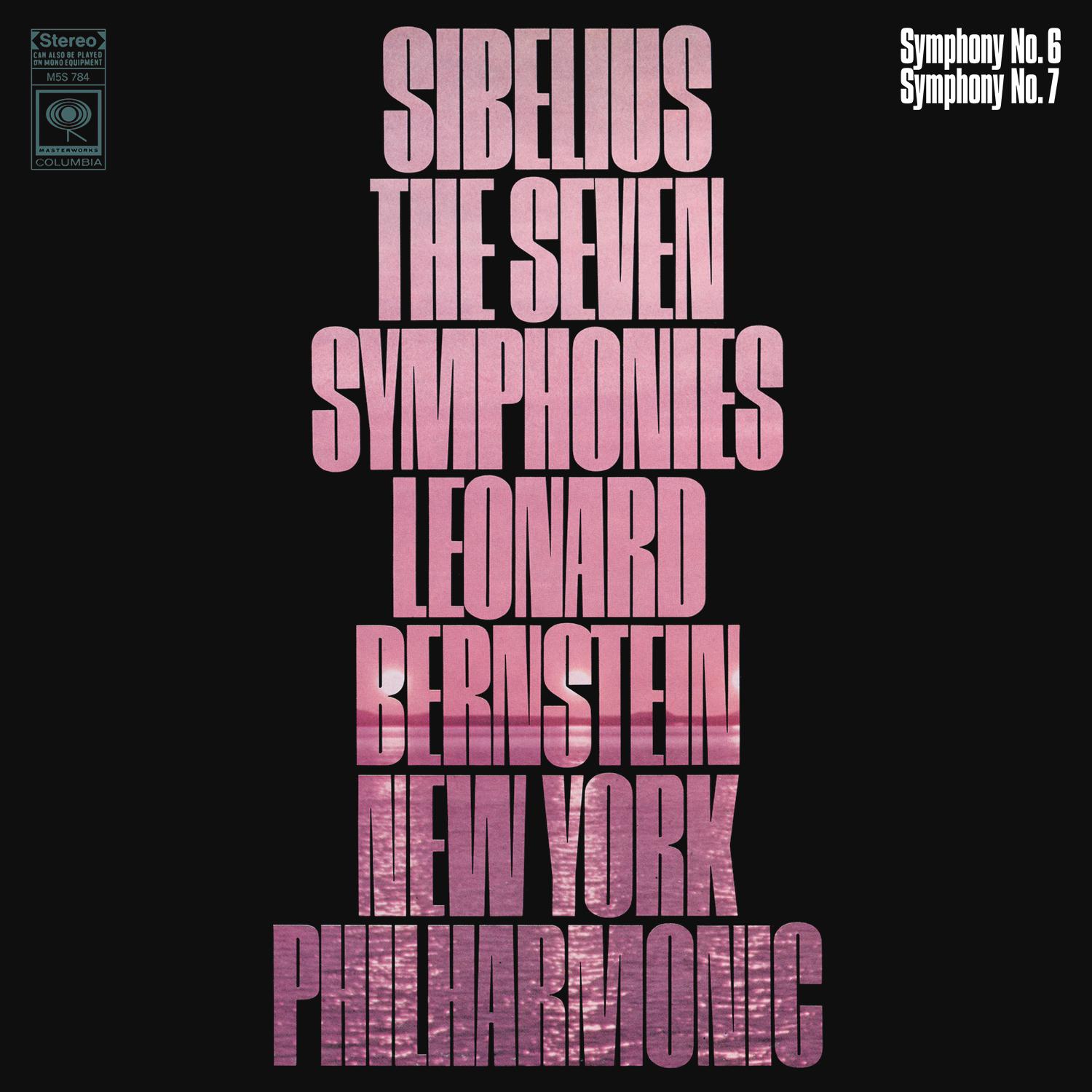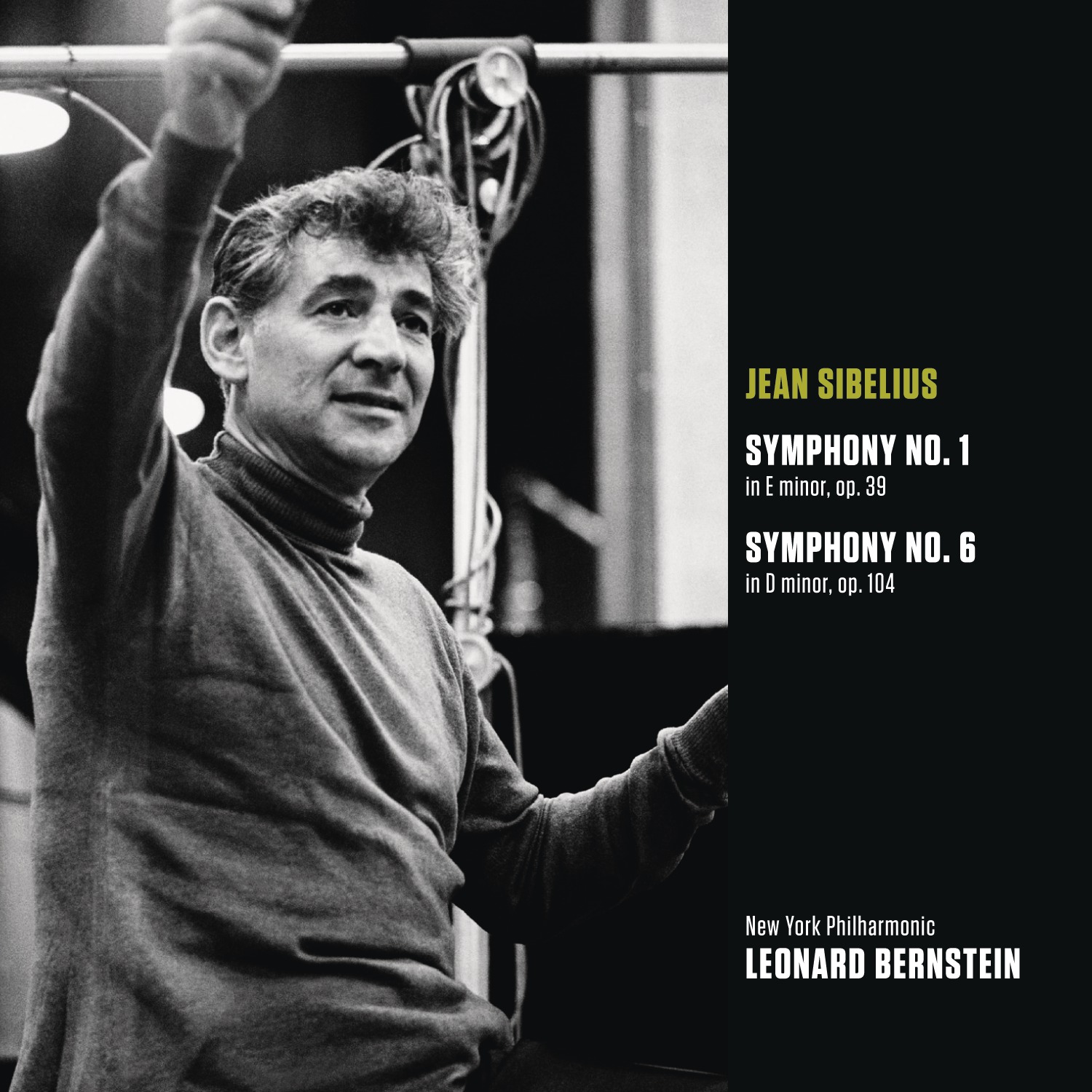Sibelius: Symphony 6 & 7
There is so much to discuss regarding the opening of Symphony no. 6, one hardly knows where to start. Sibelius may have chosen the Neo-Romantic route for his symphonic voice, yet his musical choices remain remarkable.
Some recordings and scores attach a D-minor key to the title of this symphony. Indeed, 'D' does end up as a focal point, yet there is no key signature, nor does Sibelius really begin adding accidentals until after Rehearsal B (about 2 1/2 minutes into the first movement). Thus, a D-Dorian mode is probably the best term for the work.
Another element of the beginning is how Sibelius uses an additive approach. Each section begins one by one, one after another. For example, the 2nd violins start the first movement, followed by viola, and then first violins. The oboes play followed by the flutes, before horns and timpani enter. Clarinets and bassoons, trumpets and trombones, plus harp are the last to play before the start of a new section. It is a neat effect, and notice how Sibelius keeps the lowest ranges out of the picture, although the cello does come in an out.
Because the music is set in a church or folk mode, there is a certain archaic feeling at this opening, especially with the held open notes. If the idea of Palestrina comes to mind, particularly with those Renaissance dissonances and conjunct motion, you wouldn't be too far away from my mind, although what a surprise for first-time listeners!
If you are expecting a D-minor symphony, Sibelius' 6th is perhaps the most chipper minor-keyed symphony available. Once the long-held Renaissance progression described above is complete, the composer surges ahead, and what joy is to follow, done so in a series of sequences moving around tonal centers. The layering of instruments are both interesting and unexpected, occasionally creating dissonance and clashing sounds, only to just as unexpectedly resolve out of them. The composer has really come a long ways in making a sound for himself.
Despite some dramatic turbulence, the atmosphere of the first movement is generally buoyant. One other notable aspect is Sibelius' economical composing, where he will abruptly end a movement without much preparation. I hear that in this beginning, where the dark clouds are threatening to take over, yet a last-minute swerve lands the music in the triumphal affirmative.
Despite the heavy use of winds to open the second movement, dance is avoided for the most part. Long wind tones pepper many upward-moving string scales, holding back any feeling of becalm or arrival until halfway through the movement. Even then, some fairy string textures lead the music to another sudden, unexpected end point, punctuated by a sort-of plagal cadence. Most unusual!
I like the swirling strings of the third movement, especially opposite a rather lovely wind melody. Otherwise, most of the movement is underlayed by short-articulated string figures. Once the brass enter, there is a heroic quality, although it too is cut rather short by another hasty end.
Sibelius splits his orchestra into a string choir and a wind choir, ala Gabrieli, to open up the last movement. Once again, following the Renaissance intro at Rehearsal B, the ensemble transitions by threatening to leap into either a folk dance or a fateful adventure. In these sequences, Sibelius is often at his most cinematic sounding to my ears, no doubt aided by the fine remastered sonics.
At about halfway through the final movement, once the bass line starts leaping in octaves, Bernstein really starts pushing ahead creating a breathless feel. I could imagine some enjoying a more relaxed feel, although the conductor's vision is always filled with purpose and feeling. A sort-of modal chorale ends the movement, where Sibelius makes way for a quiet close, and Bernstein pulls back the reins hard.
What a trip Symphony no. 6 is! I find it one of the more curious works from the composer, and maybe a favorite of his symphonies. If nothing else than for its quirkiness!
Symphony no. 7 in C Major is in an atypical one-movement format, although Sibelius does add differing sections across the runtime.
C Major is always an incendiary choice in the 20th Century, for many composers have found ways to expand beyond the need of key signatures. Certainly, Stravinsky used C Major to fine effect; in a very different way, Sibelius finds ways of setting C Major is a distinctive manner as well.
Something about the thick, slow-moving, layered instrumental section tuttis remind me of Bruckner's cathedral of sound or Wagner's endless melody and slow buildups. Here, where Bernstein is in no hurry to move forward in the first portion, I am feeling these ideas even deeper.
Across Bernstein's New York performances of Sibelius' symphonies, I have loved the woodwind solos across the board. Yet, as a group playing together, they have never been the most succulent sounding section, and I think that is somewhat of a hindrance here. Where we need a pipe organ level of unanimity, here we need the organ tuner to help out, where the oboes are not of the sweetest variety.
Of course, the music is always deeply felt by Bernstein and New York, and that goes a long way to ignore such shortcomings and enjoy the character that the 1960s Philharmonic stamps upon this very unique music.
A trombone sounds out strongly about halfway through the symphony, where a noticeable shift in the music occurs. This is Late-Romanticism if I have ever heard it, where Sibelius moves in motions not necessarily dictated by melody or structure, but rather wherever the mood takes him. This aspect just adds to curiousness of these late symphonies from the Finnish composer.
This is one work where a visual score helps me dig into the foundation of the music at hand, when listening for listening sake often finds me floundering in Symphony no. 7, no matter how pleasant or moving the experience may be. Indeed, Bernstein's flexibility with the tempo makes the waves of music a bit too much for me, i.e. seasick, but this is often more of a symptom of late Romanticism for this listener.
When Sibelius subsides back into the long-toned layering of instruments, we are almost treated to an unresolved ending. Of course, such things do resolve and gloriously so, but the question marks surrounding this last symphony for me are part of its great appeal. Is it his best? Not for me, but what a creation!
Works
Symphony 6 in D minor, op. 104 (26.53)
Symphony 7 in C Major, op. 105 (22.47)
Performers
New York Philharmonic Orchestra
Leonard Bernstein, conductor
Label: Columbia / Sony
Year: 1960-67; 2015
Total Timing: 66.12
Find more Sibelius recordings HERE!






Comments
Post a Comment